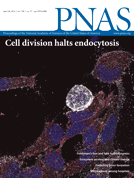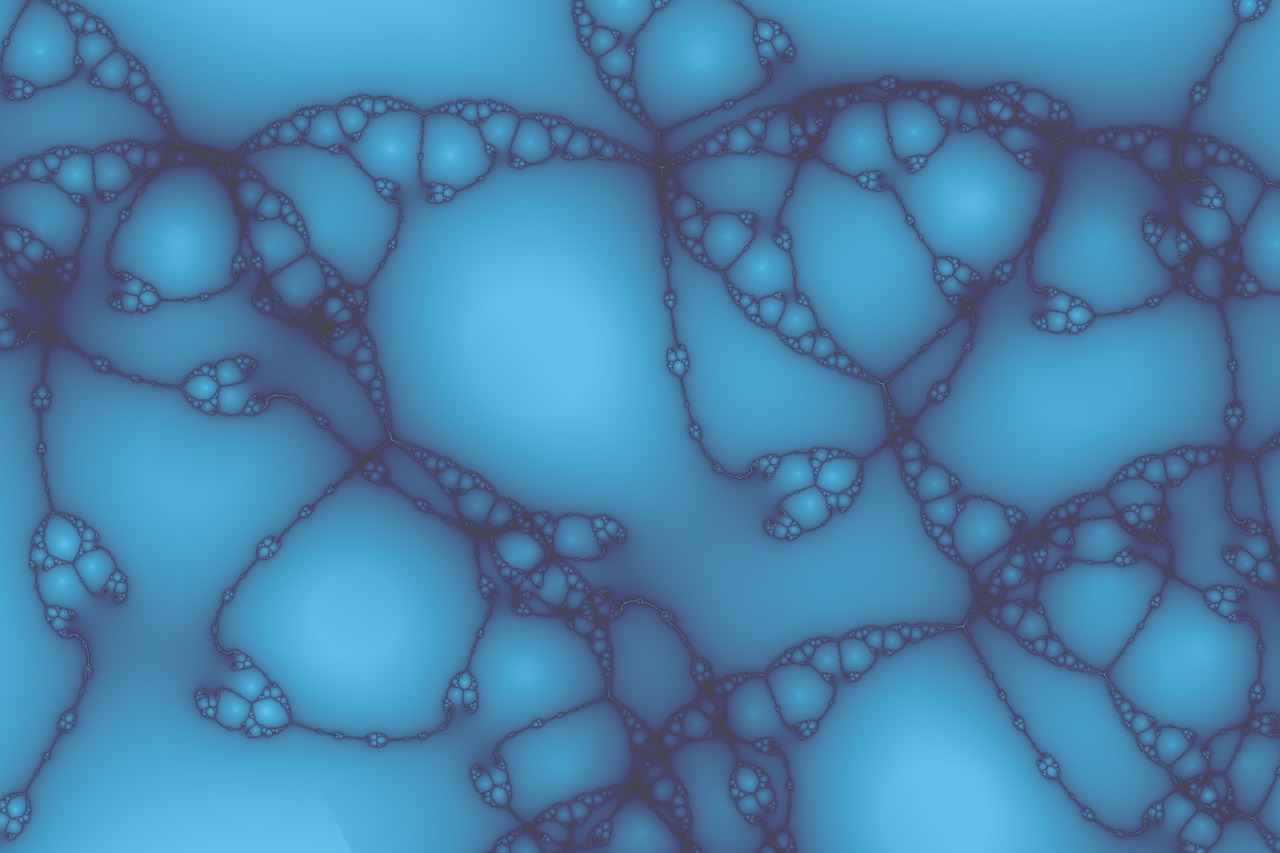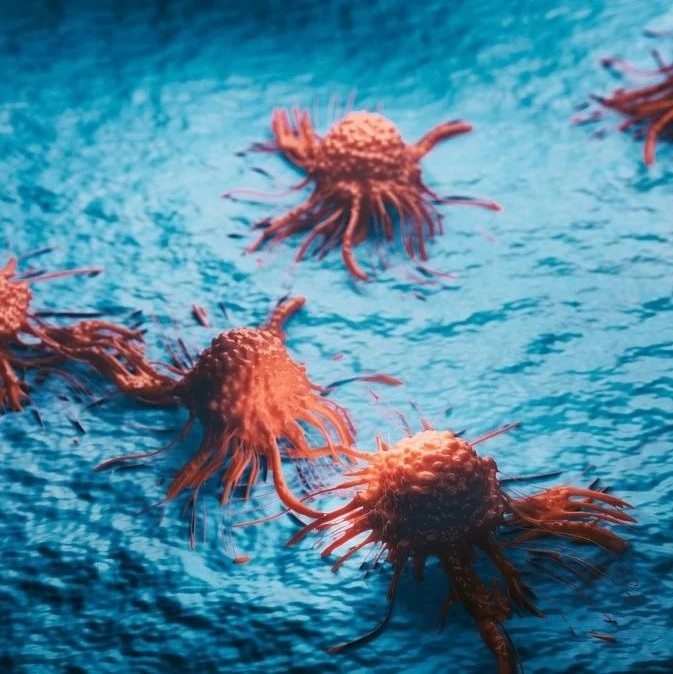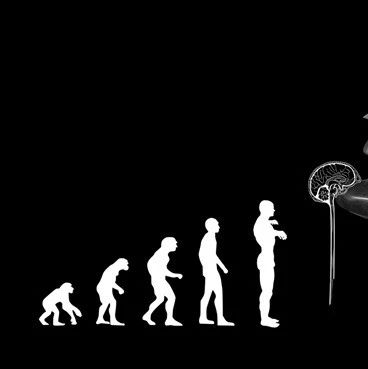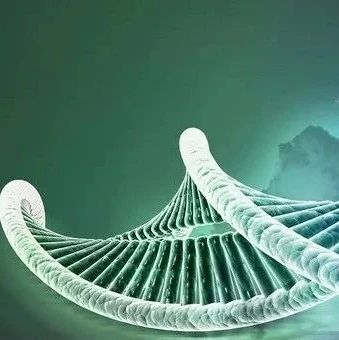导读:HIV和树突状细胞之间的相互作用,是HIV-1感染早期一个重要的事件,造成了高效的病毒传染。最近,科学家对这种相互作用有了新的认识,美国波士顿大学医学院研究者4月23日在《国家科学院院刊》(PNAS)杂志发表了这一研究成果。
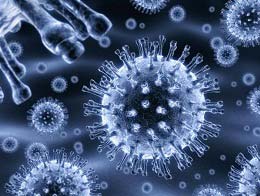
人体免疫缺陷病毒(HIV)可以被分为2大类,HIV-1和HIV-2,其中HIV-1是最普遍、最致病的。人类艾滋病的流行,主要是HIV-1中的一类病毒引发的。
HIV和树突状细胞之间的相互作用,是HIV-1感染早期一个重要的事件,造成了高效的病毒传染。最近,科学家对这种相互作用有了新的认识,美国波士顿大学医学院研究者4月23日在《国家科学院院刊》(PNAS)杂志发表了这一研究成果。
据估计,每年被确诊的新感染艾滋病有约250万例,其中大约有85%是在性传播中经粘膜表面而感染的。树突状细胞被视为是首批接触病毒的细胞中的一类,被认为在病人感染,以及后续传播中起了核心作用。
在研究中,科学家描述了HIV-1通过树突状细胞传播的一种新机制。树突状细胞存在于人体粘膜表面。之前的一些工作关注于HIV-1包膜糖蛋白侵入机制,而此项研究中,研究者关注的是病毒利用来自宿主本身的GM3分子(属于神经节苷脂)进行的附着传播。神经节苷脂是含有唾液酸的糖鞘脂,广泛存在于某些细胞质膜上。
美国波士顿大学医学院微生物学系副教授拉赫曼(Rahm Gummuluru)表示,这种病毒入侵方式要依靠来自宿主身上的分子,是一种隐形进入机制,有可能检测不到,因此艾滋病毒能够迅速传播。虽然HIV-1很狡猾,但HIV-1和树突状细胞间的这类特殊接触,可能能够给抗病毒疗法提供一个新方向。更好地理解疾病前期病毒与宿主间的交互,可能会对今后的研究和药物疗法产生很大影响。

HIV-1 incorporation of host-cell–derived glycosphingolipid GM3 allows for capture by mature dendritic cells
Wendy Blay Puryear, Xinwei Yu, Nora P. Ramirez, Björn M. Reinhard, and Suryaram Gummuluru
The interaction between HIV and dendritic cells (DCs) is an important early event in HIV-1 pathogenesis that leads to efficient viral dissemination. Here we demonstrate a HIV gp120-independent DC capture mechanism that uses virion-incorporated host-derived gangliosides with terminal α2–3-linked sialic acid linkages. Using exogenously enriched virus and artificial liposome particles, we demonstrate that both α2–3 gangliosides GM1 and GM3 are capable of mediating this interaction when present in the particle at high levels. In the absence of overexpression, GM3 is the primary ligand responsible for this capture mechanism, because siRNA depletion of GM3 but not GM1 from the producer cell and hence virions, resulted in a dramatic decrease in DC capture. Furthermore, HIV-1 capture by DCs was competitively inhibited by targeting virion-associated GM3, but was unchanged by targeting GM1. Finally, virions were derived from monocytoid THP-1 cells that constitutively display low levels of GM1 and GM3, or from THP-1 cells induced to express high surface levels of GM1 and GM3 upon stimulation with the TLR2/1 ligand Pam3CSK4. Compared with untreated THP-1 cells, virus produced from Pam3CSK4-stimulated THP-1 cells incorporated higher levels of GM3, but not GM1, and showed enhanced DC capture and trans-infection. Our results identify a unique HIV-1 DC attachment mechanism that is dependent on a host-cell–derived ligand, GM3, and is a unique example of pathogen mimicry of host-cell recognition pathways that drive virus capture and dissemination in vivo.
文献链接:https://www.pnas.org/content/early/2012/04/20/1201104109.abstract

